This post may contain affiliate links, from which we earn an income. Click here to read our affiliate policy.
Motorhome Weights Explained
Do you know how much your motorhome weighs? After a shock at the weighbridge as motorhome beginners, we decided to do some research into motorhome weights, how they are calculated and what it all means.
In our easy guide to motorhome weights, we break down motorhome weights language, show you how to find the information you need and share how to calculate what you can carry in your motorhome so you can hit the road safely!

Why are Motorhome Weights Important?
The UK Police say they believe that around 75% of camper vans and motorhomes weigh in over their maximum weight limit when travelling.
That’s an astonishing figure when being over your motorhome’s maximum amount of weight risks causing excessive wear on your vehicle and tyres, impacts on safe driving and can invalidate your motorhome insurance.
If you get caught driving over the legal limit or have an accident, it can lead to points on your licence, fines and potentially a conviction for unsafe driving. Why take the risk? Read our easy motorhome weight guide and hit the road safely.
Motorhome Weight Limits
How much does a motorhome weigh? Motorhomes are usually banded into gross vehicle weight rating by the base vehicle manufacturer and it’s mostly to do with how driving licence groups dictate what you can drive.
What weight motorhome can I drive?
Note: On 10th June 2025, the UK Governemt revised the weight limit for category B licences, but only for electric or hydrogen-powered vehicles. If you hold a category B driving licence, you can drive an electric or hydrogen-powered vehicle with a maximum authorised mass up to 4,250kg. The vehicle must be a zero emission vehicle. The normal weight limit for petrol and diesel vehicles with a category B licence remains at 3,500kg.
Can I drive a heavier rated motorhome if it weighs less?
No. The gross vehicle weight rather than the actual weight of the motorhome is what matters. If you bought a 4,000kg motorhome, but it only weighed 3,500kg once it was full of everything you needed, you still would only be legally allowed to drive it with the C1 category on your licence.
Is a motorhome classed as a heavy goods vehicle?
Motorhomes that weigh over 3,500kg are classed on the V5C as a private HGV (heavy goods vehicle) by the DVLA for taxation purposes. Oddly, the cost of taxing a PHGV is often lower than that of a 3,500kg motorhome, which is classed as a private or light goods vehicle.
This taxation categorization makes no difference for insurance purposes but can affect the cost of tolls and vignettes in some European countries, and the cost of buying third-party insurance in countries outside of the EU.
However, this can often be mitigated by the ‘motor caravan’ body type and the unique M1-SA special purpose vehicle category shown on the V5C registration document.
All motorhomes, regardless of weight, fall into the MOT Class 4 category, although larger motorhomes or those with twin axles will need to find a truck centre due to their size.
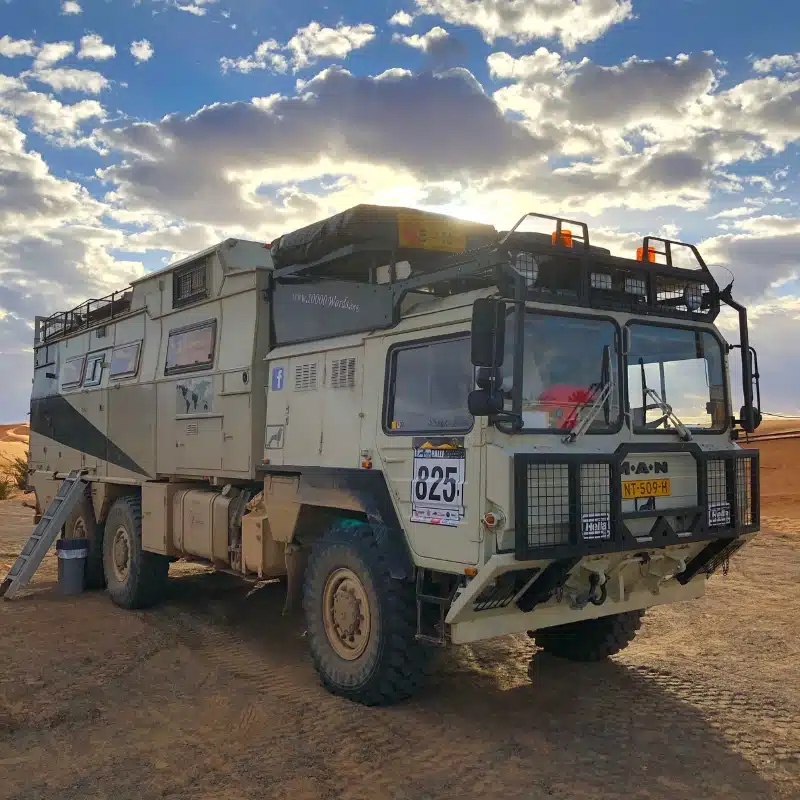
Motorhome Weights Terminology
Before we get into the details, it’s worth just setting out the (often confusing) terminology used when discussing motorhome weight ratings. Just to make matters even more confusing, there is often more than one description for each weight category!
These acronyms are used to describe the gross weight of the vehicle in full travelling trim i.e. fully laden and ready for a trip, the absolute most your motorhome can weigh:
Use these acronyms to describe the weight of a new motorhome as it leaves the factory;
This acronym is used to describe the gross combination weight rating of the motorhome and anything it is towing, including everything both are carrying:
RELATED POST: Motorhome Glossary – A-Z of Terms & What They Mean
Motorhome Weight Plate
To understand your motorhome’s MAM weight check the owner’s handbook, the VIN plate which is in the engine compartment, and the chassis manufacturer plate which is usually inside the cab door. It should look something like the one below.
The top number is always the maximum authorised mass, with the number below being the gross train weight.
Below that at the individual axle limits. Lots of people ignore the gross axle limits, but they are just as important as the other weights. This is to ensure even weight distribution throughout the motorhome, and not concentrated at the front axle or rear axle.
Note that the gross axle weight rating is sometimes higher than the MAM, but that does not mean you can exceed the individual axle limit.
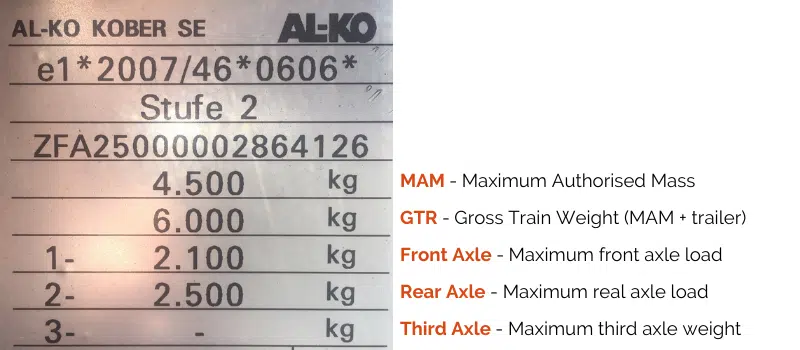
Maximum Allowed Weight
The MAM or maximum allowed weight is the total weight of the motorhome including the weight of the motorhome itself, any extras you had fitted and everything you carry including people, water, fuel and supplies.
Mass in Running Order
The MRO or MIRO (mass in running order) is the weight of the new motorhome as it leaves the factory. The problem with the MRO is that there is no legislation that dictates what this should include.
Some motorhome manufacturers include a portion of a tank of fuel and a driver who weighs 75kg, others include a full tank of fuel and a full fresh water tank.
When you buy a new motorhome, the dealer should be able to tell you the MRO of the motorhome so you can work out your payload (we’ll come on to that in a bit).

MRO & New Motorhomes
The MRO or unloaded vehicle weight can be a contentious figure because motorhome manufacturers want to sell their vehicles with as high a payload as possible, but try and keep the vehicle below 3,500kg so that it appeals to a wider audience.
The MRO weight of a motorhome does not include any extras you order like awnings, satellite dishes, extra leisure batteries and so on, so the manufacturer is keen to make the most basic vehicle possible to give the impression of a higher payload.

The Complete Guide for Motorhome Beginners Ebook
If you want all our beginner resources (and a few extras just for you) in one place, take a look at our ebook. With over 100 pages of tips, advice and practical information, this book brings all our learning into one easy-to-read, downloadable volume which you can take with you wherever you go.
MRO & Used Motorhomes
How do I find the weight of my motorhome?
You may struggle to find this baseline figure for a used motorhome or van conversion unless you have the original sales documentation. If this is the case, one of the first things to do is check with the manufacturer, especially if you’ve bought a new-to-you current or recent model.
If you can’t find the MRO and are worried about buying a used vehicle which may have an impossibly small payload, ask the seller or dealer to take it empty to a weighbridge and get a stamped ticket to evidence the empty weight.
Even though it won’t be the manufacturer’s MRO, you’ll still be able to work out the payload and the weight from the weighbridge will also include any fitted extras.
Although we wouldn’t want to tar all dealers with the same brush, we do hear from newbies who have bought a used motorhome from a dealer, only to find that the cargo carrying capacity is so small it makes taking anything longer than a weekend away impossible.
It’s highly likely that the dealer is aware that the payload is very small but has not shared that with the buyer – do your own homework and remember, buyer beware.

Motorhome Payload
This is arguably the most important number of them all because this is the weight you can add to your motorhome when you load up with water, gas, people, food and everything else you want to carry for a trip.
You can work out your motorhome payload by deducting the MRO (or weight from a weighbridge when empty) from the MAM.
So, a motorhome with an MAM of 3500kg and an MRO of 3000kg would have a payload of 500kg.
Towing in a Motorhome
The GTW is the maximum allowable combined MAM of your motorhome, plus the mass of the trailer and cargo in the trailer. In the example above, this means your laden trailer can weigh no more than 1,500kg.
The towing capacity is a complex calculation by the manufacturer of your motorhome involving, amongst other things, the capacity of the driving axles and tyres and the ability of the chassis to withstand the maximum load. Your trailer should also have a weight plate showing details.
Examples of things you might tow are camper trailers, box trailers, a tow vehicle like a car, a boat trailer or a motorcycle trailer. We’ve even seen a motorhome towing a caravan!
The calculations regarding weight limits for touring caravans are very different, as they are essentially trailers and not vehicles in their own right.
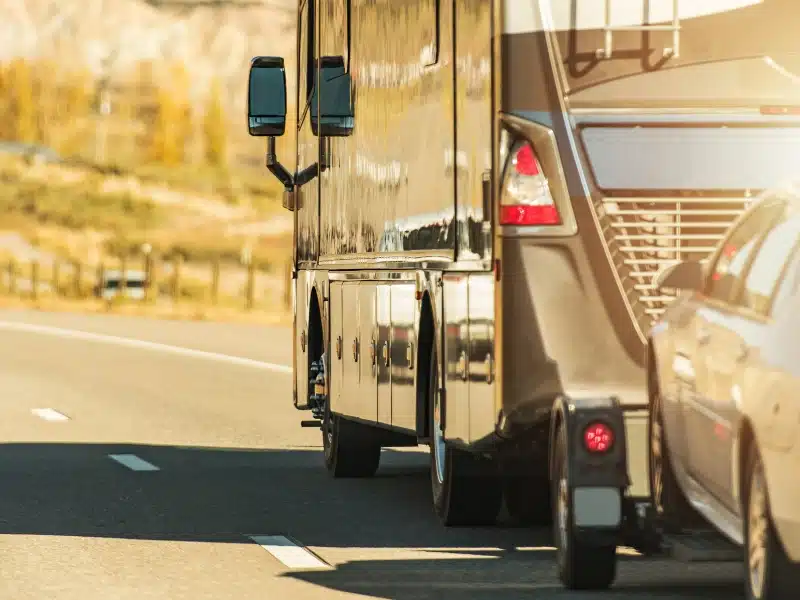
Information on Axle Weights
Also shown on the chassis plate are the maximum individual axle weights. It is also important to understand these as many of us chuck all the heavy items in the garage and add scooter and bike racks.
This risks the rear axle weight being above the specific axle load weight, which causes undue stress to the chassis and rear wheels. This can cause handling and stabilisation issues.
Try and pack your gear evenly across the whole footprint of your motorhome so you don’t exceed each individual axle rating.
If you want to add a rack on the rear for bikes or a scooter, read this helpful guide to calculating axle weights.
How Much Payload Do I Need?
Let’s take the popular Swift Bessacar 524 (2019) 4-berth motorhome. The MAM is 3500kg, a pretty average motorhome weight nowadays.
The actual weight or MRO is 3012kg, which includes standard equipment, the most basic engine, a standard awning as well as the driver, a gas bottle and 90% full fuel and water tanks.
How much weight does that leave us for our motorhome tour of Europe? 488kg of stuff, or payload, which looks like this…
The Essentials
The Essentials Weight = 295kg
The Nice to Have’s
The Nice to Have’s Weight = 147kg
Everything Else
Remember that this van only has an awning fitted as standard. Anything else such as air conditioning, satellite dish, spare wheel or microwave will add to the weight.
Everything Else Weight = 116kg
Motorhome Weight Chart
We haven’t included fuel or water in these calculations, but you’ll need to include this if you are calculating without knowing your mass in running order, or empty weight. A good rule of thumb when calculating the average weight of your liquids is to allow one kilogram for every one litre, even though diesel actually weighs a bit more than petrol, and both weigh more than water.
| The essentials | 295kg |
| The nice to have’s | 147kg |
| Everything else | 116kg |
| Total | 558kg |
| Payload | 488kg |
| Overweight | 70kg |
Overweight?
Don’t panic, here are some steps you can take to help reduce motorhome weights:
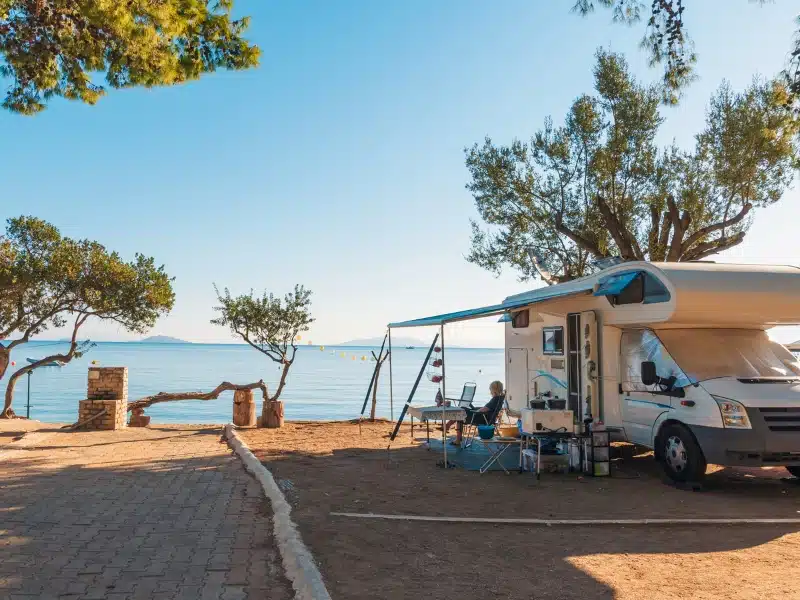
Final Weigh-In Before Travel
Once you are happy that you are around the right weight, head off to your nearest public weighbridge and check the actual weight of your motorhome.
You can weigh the whole vehicle as well as just the front and rear axles at the weigh bridge if you want to be sure your gear is evenly distributed throughout and the total amount of weight is within the specified limits.
The weigh station staff will give you a copy of the documentation and details of your motorhome weight before you leave. There may be a small fee for this service.
RELATED POST – How to Take Your First Motorhome Trip (and have a great experience!)
Helpful Motorhome Weight Posts
16 Tips to Help Manage Motorhome Payload
Motorhome Accessories: What Should You Have in Your Motorhome?
Motorhome Weight FAQs
What motorhomes are under 3,500kg?
All motorhome manufacturers will have campervans and motorhomes that have a gross vehicle weight of 3,500kg. When you are buying a motorhome, whether it’s brand new or second-hand, it’s important to find out the GVW, so you know you can legally drive the motorhome, before you commit to spending what could be a lot of money.
If you’re interested in understanding which are the best payload motorhomes and campervans on the market, including motorhomes under 3,500kg and lightweight campers, use Facebook groups (ours is a good one!) to ask questions of owners, and research MRO and MAM using manufacturers specifications.
Can I drive a motorhome under 3,500kg?
Yes. Anyone can drive a motorhome under 3,500kg as long as they have a full UK driving license.
Can I drive a 5,000kg motorhome?
If you passed your driving test before 01/01/1997 you can drive a 5,000kg motorhome until you are 70, when you need to apply to the DVLA to retain your Cat C1 licence.
What is the average weight of a motorhome?
That’s an impossible question! The vast majority of motorhomes sold in the UK fall into the 3,500kg weight category. As the population ages and those with grandfather rights to drive vehicles up to 7,500kg on their licenses reach 70, the lightweight motorhome category will become even more popular.
Are you looking for more useful motorhome resources? Check out these top posts…
101+ Motorhome Essentials You Need + Packing Checklist
Buying a Motorhome That’s Right for You – All You Need to Know
Motorhoming Tips for Beginners: Essential Know How for Motorhome Life
Motorhome Accessories: What Should You Have in Your Motorhome?
The Best Motorhome Gadgets (that you will actually use!)
Touring Europe in a Motorhome: The Best & Only Guide You Need!
Love it? Pin it!
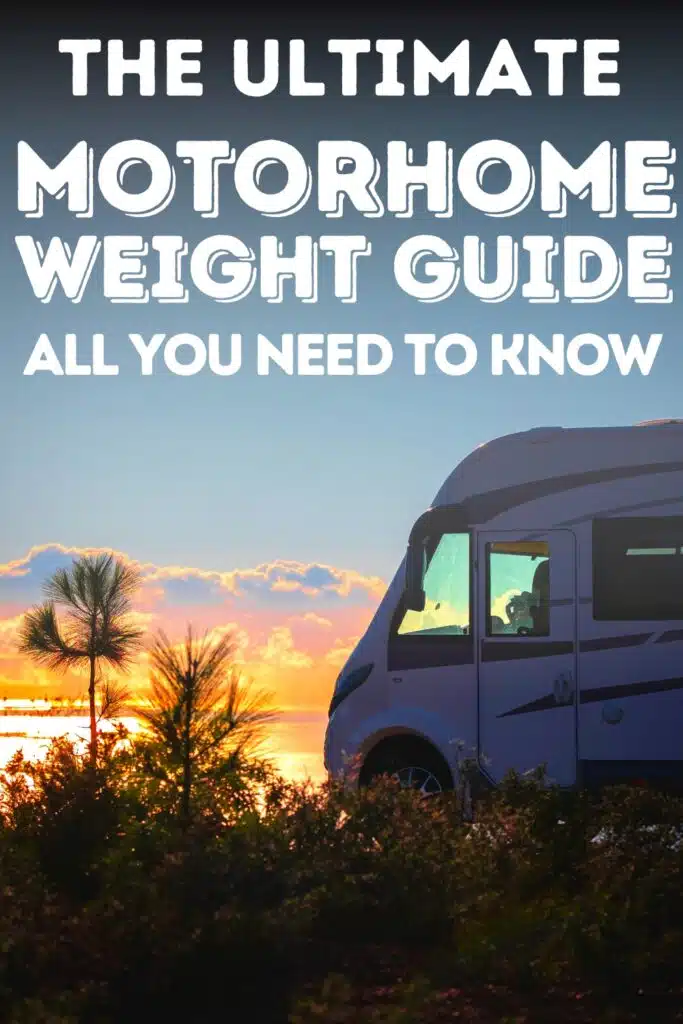
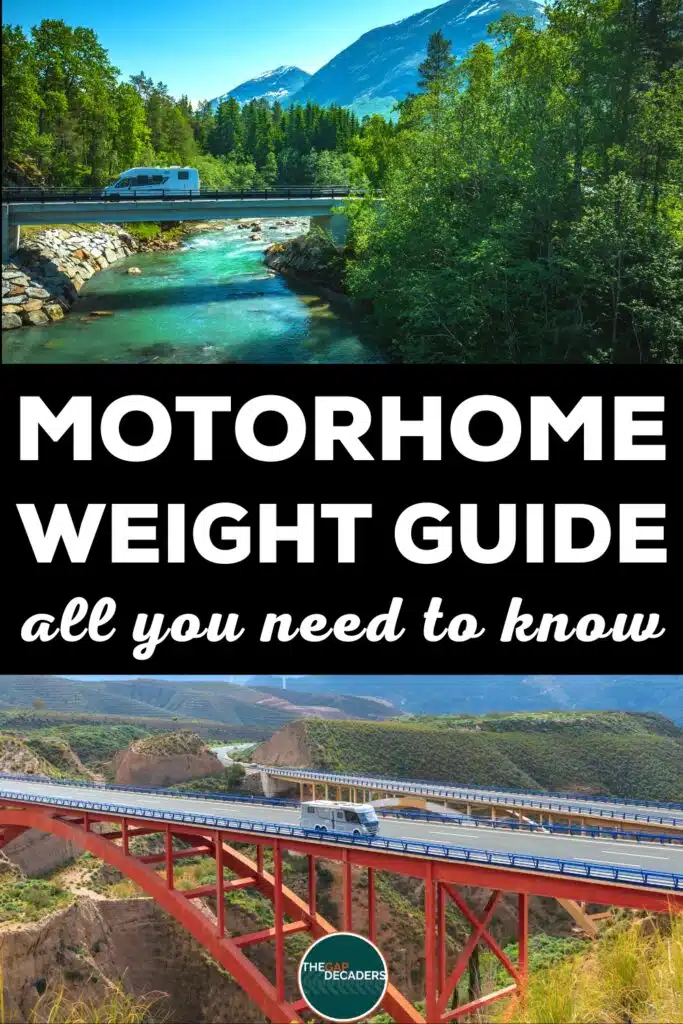

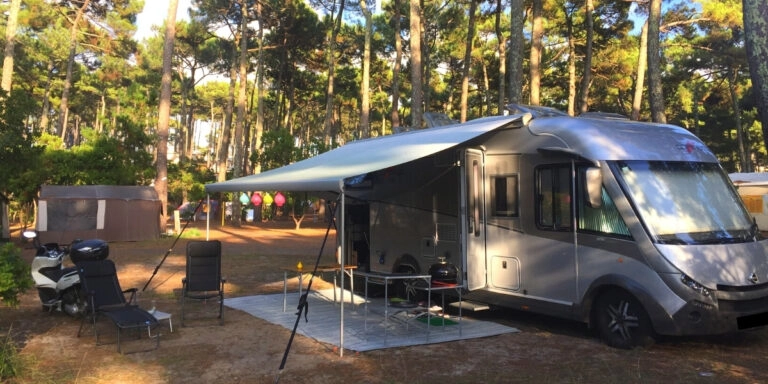

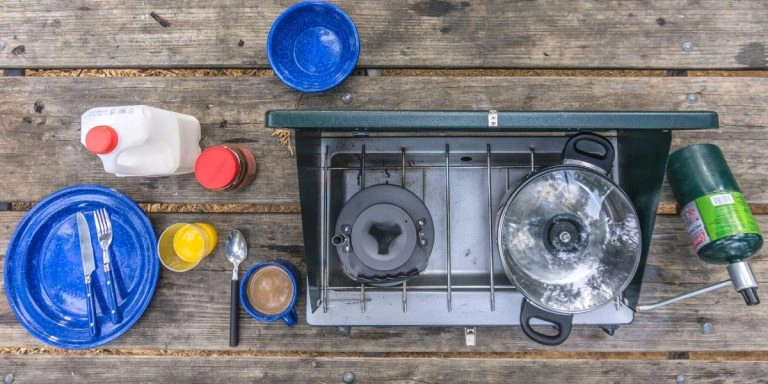




Hi Robert Thanks for sharing. The change only applies to electric vehicles so doesn’t affect motorhomes and overlanders at the moment. But I will clarify that in the post as some people might not be aware of that 🙂
I believe that just recently, the government have increased the allowed weight that can be driven on a b licence from 3.5 to 4.25 to allow for the additional weight of electric vehicles
Thanks Alan. I have removed the term ‘unladen’ as it is confusing, and used the term MRO throughout the post. Thanks for your input!
Sorry but your paragraph on unladen weight is incorrect this is from Gov.Uk website .
Quote: Vehicle weights explained
Vehicle categories on driving licences can depend on the weight of the vehicle – the different terms you might see are explained below.
Unladen weight
The unladen weight of any vehicle is the weight of the vehicle when it’s not carrying any passengers, goods or other items.
It includes the body and all parts normally used with the vehicle or trailer when it’s used on a road.
It doesn’t include the weight of:
fuel
batteries in an electric vehicle – unless it’s a mobility scooter or powered wheelchair